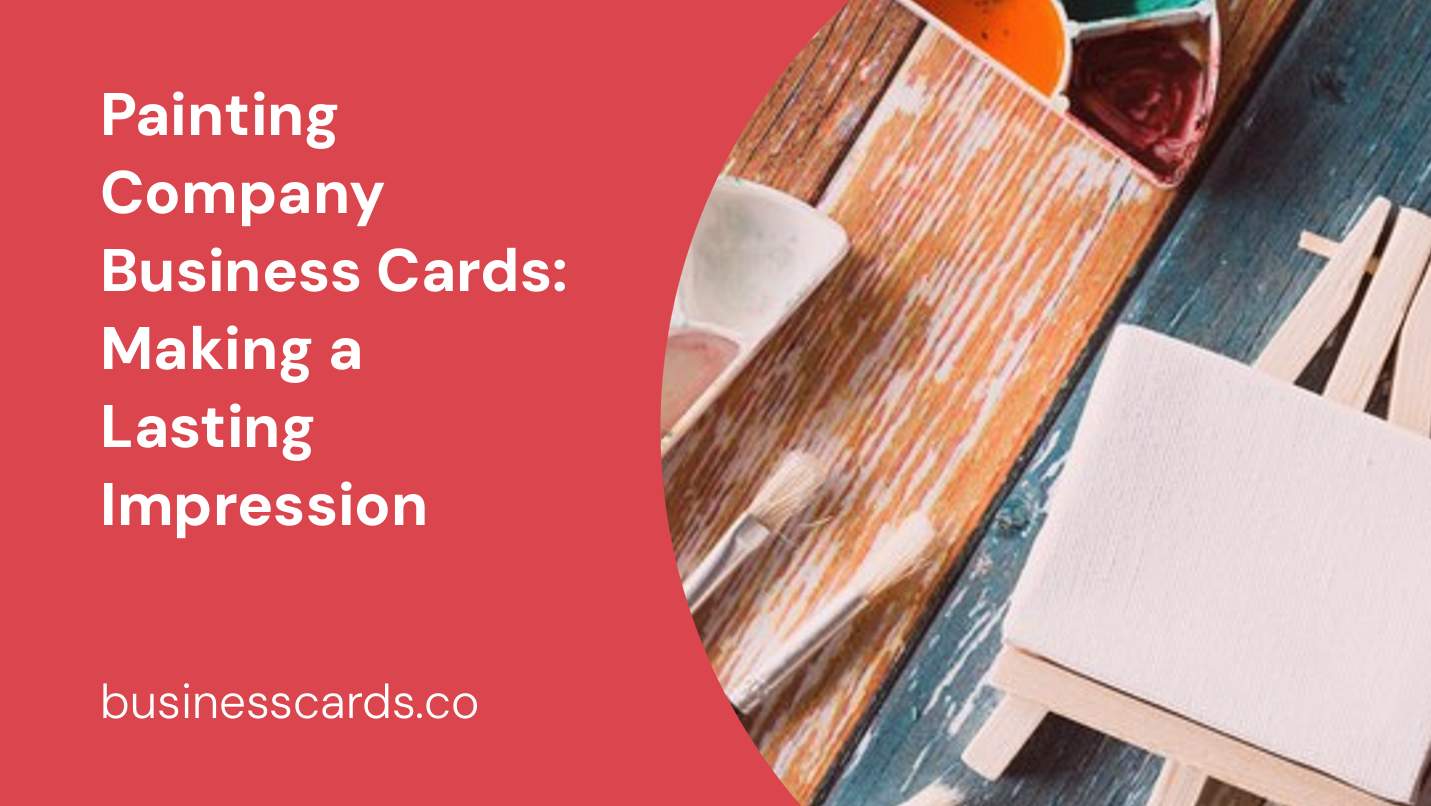
Are you a painting company looking to elevate your professionalism and leave a lasting impression on potential clients? One often overlooked yet effective tool is the humble business card. A well-designed business card can convey your brand, showcase your work, and provide all the necessary contact information in a compact and visually appealing format. In this article, we will explore why painting company business cards matter, what elements to include, and how to design them effectively.
Why Do Painting Company Business Cards Matter?
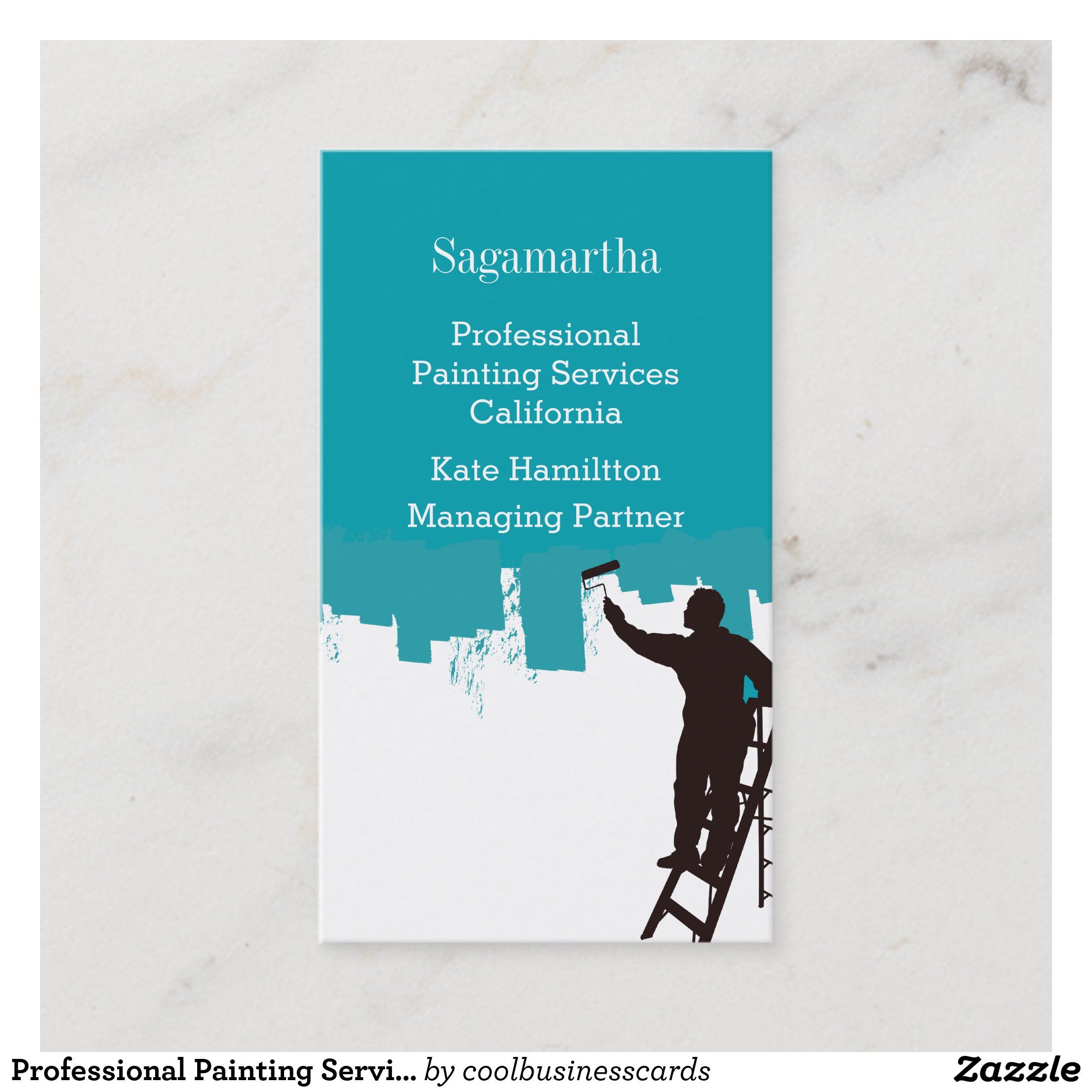
In today’s digital age, where much of our communication is done online, you might wonder if business cards are still relevant. The truth is, business cards remain a powerful marketing tool. They provide a tangible and personal connection between your business and potential clients. Handing out a well-designed business card not only makes it easier for people to contact you, but it also creates a memorable and professional impression.
Key Elements to Include on Painting Company Business Cards
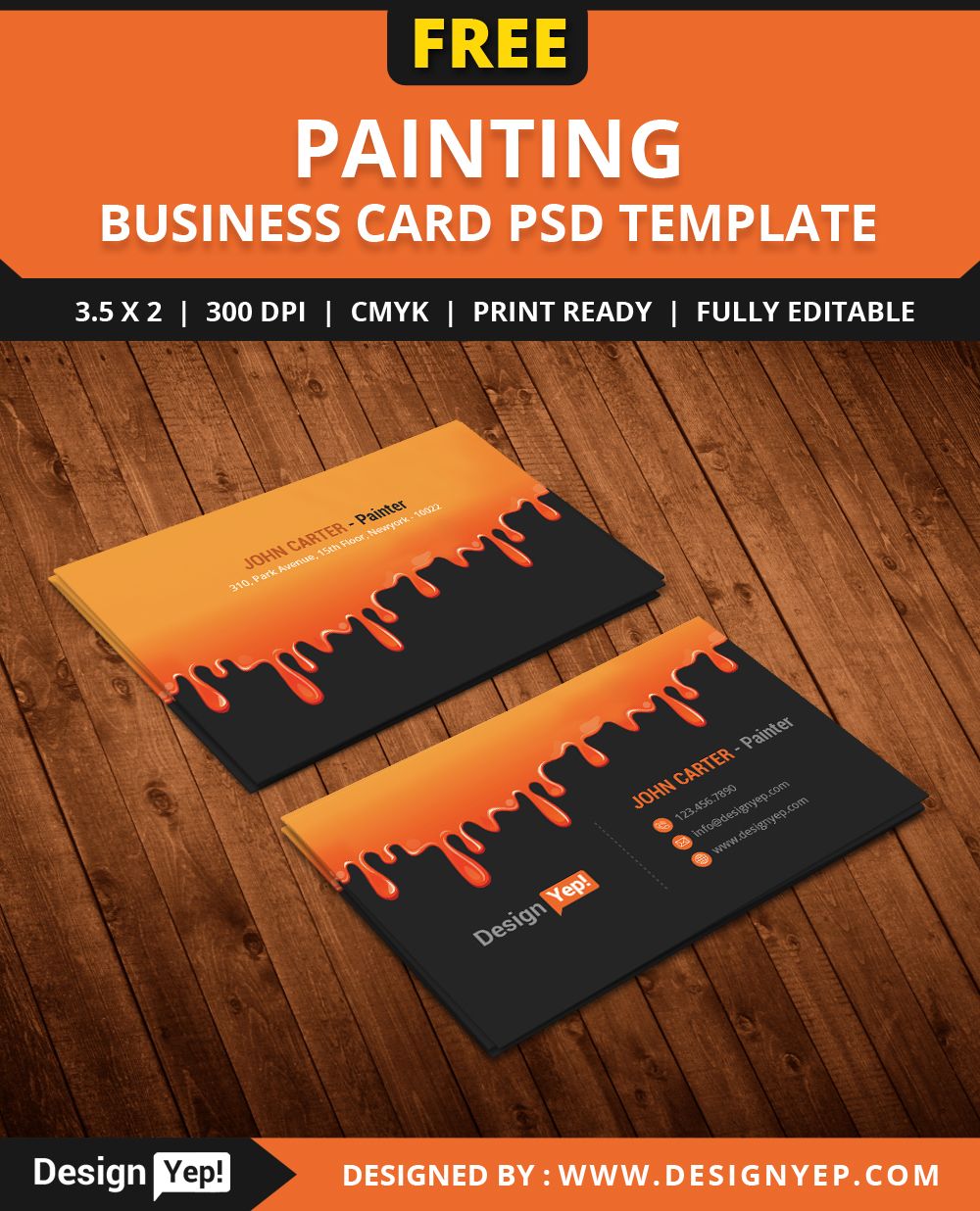
When designing your painting company business cards, there are a few key elements that you should include. These elements will help convey vital information about your business and ensure that potential clients can contact you easily.
1. Company Logo: Your business card should prominently display your company logo. This helps establish your brand identity and makes your card instantly recognizable.
2. Contact Information: Be sure to include essential contact information such as your business name, your name, phone number, email address, and website. Make sure the font size is legible, even for those with less-than-perfect vision.
3. Services Offered: Consider including a brief list of the services your painting company offers. This can help potential clients quickly understand what you specialize in and whether you are a good fit for their needs.
4. Testimonials or Portfolio: If possible, include a small section on your business card to showcase testimonials or examples of your previous work. This can help build credibility and give a glimpse into the quality of your services.
5. Business Card Size: Standard business cards are typically 3.5 inches by 2 inches. While you can be creative with the shape and size, it’s important to consider practicality. Unusual sizes may get lost or be difficult to store, so sticking to the standard size is usually a safe bet.
Designing Effective Painting Company Business Cards
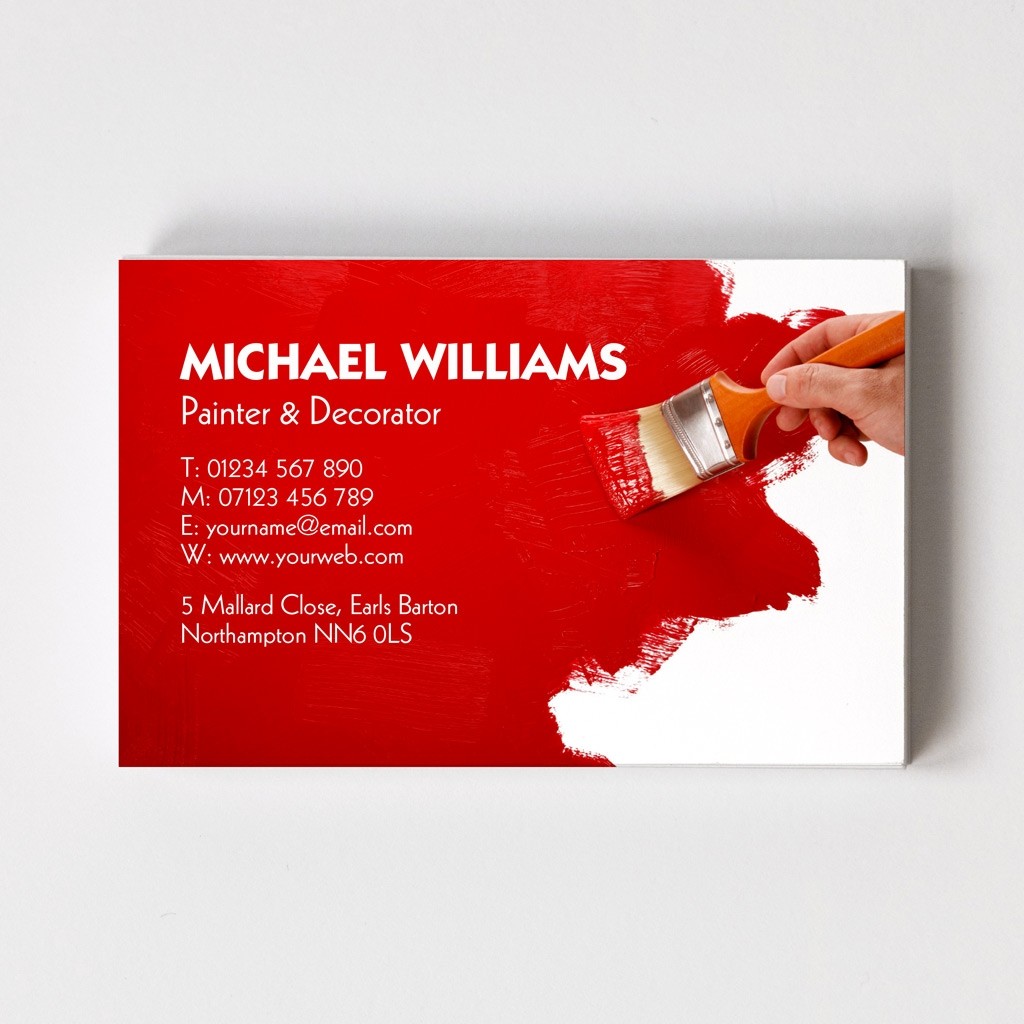
Now that you know what elements to include, let’s delve into the design aspect of your painting company business cards. Here are some tips to help you create visually appealing and effective business cards.
1. Choose the Right Color Palette: Consider using colors that align with your brand. For painting companies, earthy tones or vibrant colors often work well. Be careful not to overcrowd the card with too many colors, as this can look overwhelming.
2. Use High-Quality Images: If you choose to include images on your business cards, make sure they are of high resolution and professionally taken. Blurry or pixelated images can make your card look unprofessional.
3. Keep It Simple: Avoid cluttering your business card with excessive text or unnecessary design elements. The card should be easy to read and visually appealing. Stick to a clean and concise design.
4. Utilize White Space: Don’t be afraid to leave some empty space on your business card. White space helps to highlight the most important information and prevents the card from looking too busy.
5. Consider Paper Quality: The paper you choose reflects the quality of your painting services. Opt for a sturdy, high-quality cardstock that feels substantial when held. A flimsy card can give off a negative impression.
6. Use a Legible Font: Make sure the font you choose is clear and easy to read. Avoid overly decorative or script fonts that can be difficult to decipher, especially at smaller font sizes.
Conclusion
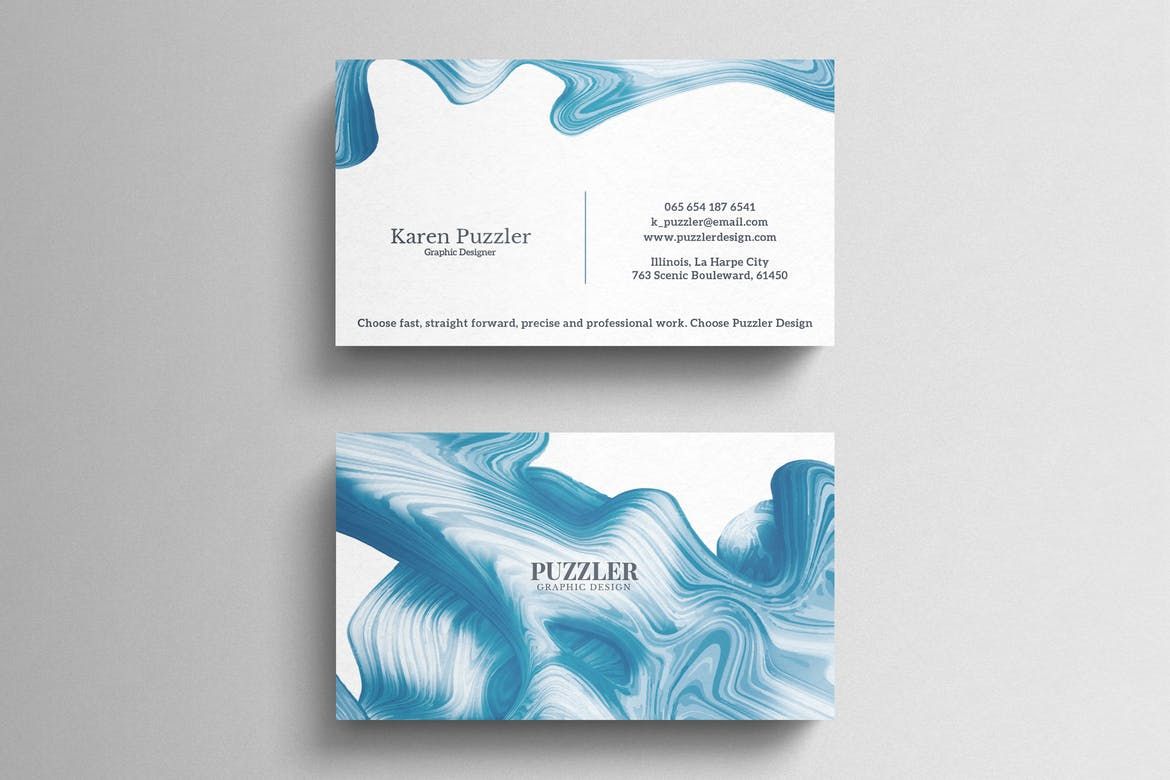
When it comes to painting company business cards, design matters. A professionally designed and well-thought-out business card can help you stand out from your competition, leave a lasting impression on potential clients, and reinforce your brand identity. By including essential elements such as your logo, contact information, and services offered, you can effectively convey your business message. Remember to focus on simplicity, utilize white space, and choose high-quality images and materials for your business cards. Boost your professionalism and make a memorable impact with thoughtfully designed painting company business cards.
Samuel Anderson, a branding connoisseur, brings his knack for design and a strong marketing background to the forefront. He’s a voracious reader and enjoys delving into psychology, which he incorporates into his marketing strategies for business cards and brand development.